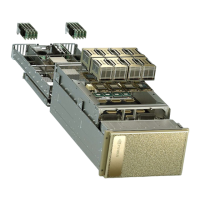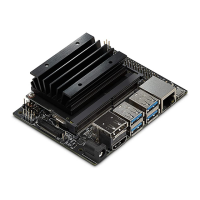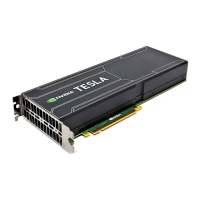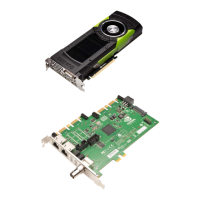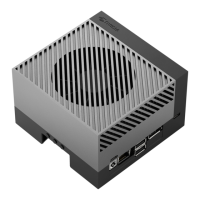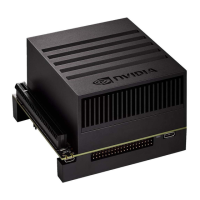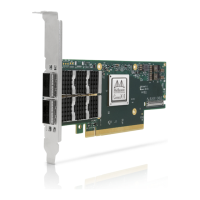Chapter 7. U.2 NVMe Cache Drive
Post-Installation Tasks
This section describes the tasks that you typically need to perform after replacing a U.2 NVMe drive.
7.1. Recreating the Cache RAID 0 Volume
1. Power on the system and log in.
2. Conrm that all expected drives are visible:
sudo nvme list
The output can indicate two boot drives and eight cache drives, depending on how many are
installed in the system.
Example Output
Node SN Model �
,→Namespace Usage Format FW Rev
---------------- -------------------- ---------------------------------------- ---
,→------ -------------------------- ---------------- --------
∕dev∕nvme0n1 S4YPNE0N200093 SAMSUNG MZWLJ3T8HBLS-00007 1 �
,→ 3.84 TB ∕ 3.84 TB 512 B + 0 B EPK9CB5Q
∕dev∕nvme1n1 S4YPNE0N200040 SAMSUNG MZWLJ3T8HBLS-00007 1 �
,→ 3.84 TB ∕ 3.84 TB 512 B + 0 B EPK9CB5Q
∕dev∕nvme2n1 S436NA0N106764 SAMSUNG MZ1LB1T9HALS-00007 1 �
,→ 44.44 GB ∕ 1.92 TB 512 B + 0 B EDA7602Q
∕dev∕nvme3n1 S436NA0N106850 SAMSUNG MZ1LB1T9HALS-00007 1 �
,→ 45.18 GB ∕ 1.92 TB 512 B + 0 B EDA7602Q
...
3. If the cache volume was locked with an access key, unlock the drives:
sudo nv-disk-encrypt disable
The disk encryption packages must be installed on the system. Refer to the NVIDIA DGX H100
User Guide for more information.
4. Recreate the cache volume and the ∕raid lesystem:
configure_raid_array.py -c -f
43
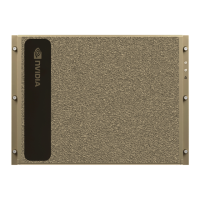
